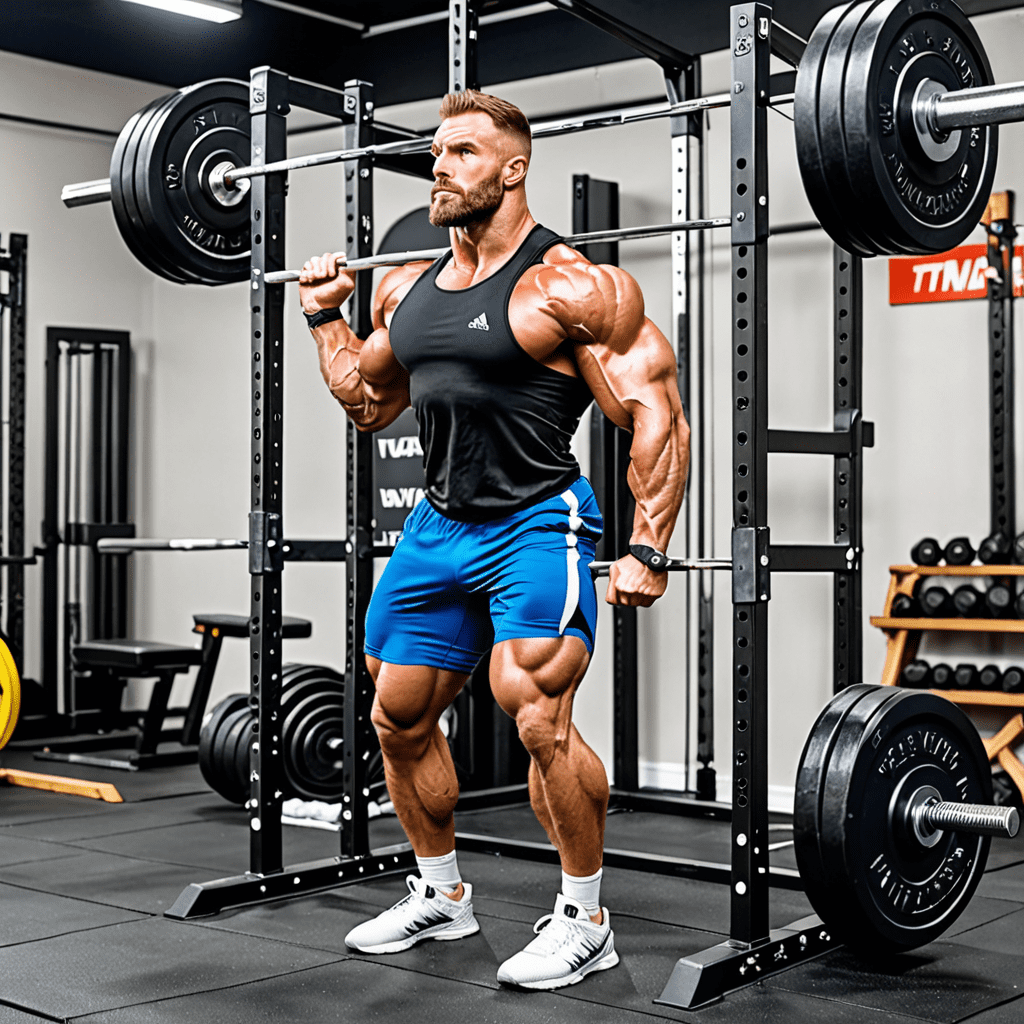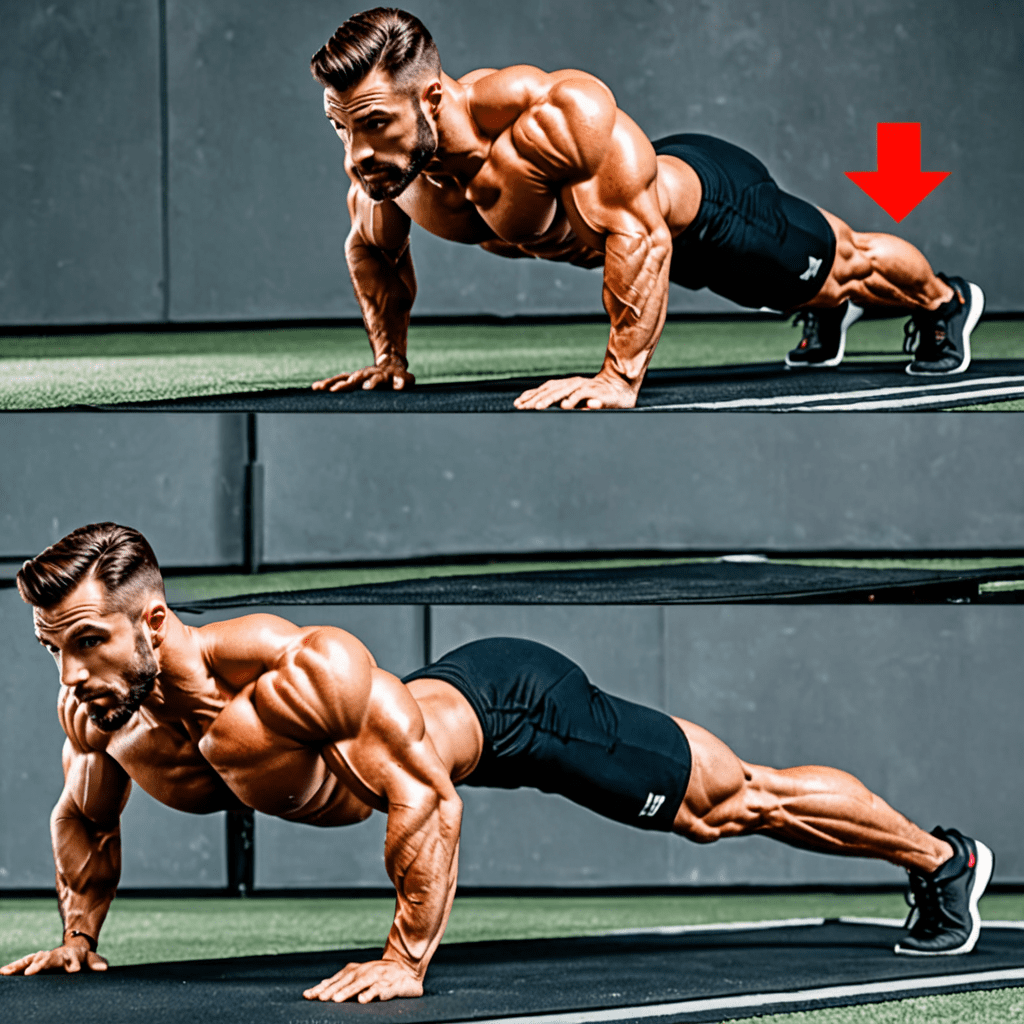
The Weight of a Squat Bar: Unraveling the Mystery in Kilograms
Squat bars are an essential tool for strength training and weightlifting, particularly in exercises like squats and deadlifts. Understanding the weight of a squat bar in kilograms is crucial for accurately calculating the total load during workouts. In this article, we’ll dive into the specifics of a squat bar’s weight in kilograms, shedding light on this fundamental piece of gym equipment.
The Standard Weight of a Squat Bar in Kilograms
The standard weight of a squat bar is 20 kilograms, which equates to approximately 44 pounds. This weight is recognized as the Olympic standard for men’s bars. Women’s bars, on the other hand, typically weigh 15 kilograms, or approximately 33 pounds. These standardized weights ensure consistency in training and competition settings, allowing athletes to gauge their progress accurately.
Understanding the Importance of a Squat Bar’s Weight
The weight of a squat bar is crucial in strength training, as it forms the foundation for calculating the total load during exercises. By accounting for the bar’s weight in conjunction with added plates, individuals can accurately determine the overall weight lifted, track progress, and set achievable goals. Understanding the weight of the squat bar ensures that individuals optimize their workouts for their specific fitness and training objectives.
Variations in Squat Bar Weights
While the standard weight for squat bars is 20 kilograms for men and 15 kilograms for women, variations exist in the fitness industry. Some specialty bars, such as training bars, may weigh slightly less to accommodate beginners or individuals with specific fitness goals. Additionally, there are heavier bars designed for powerlifting, which can weigh up to 25 kilograms to accommodate the demands of competitive powerlifters.
Considerations for Beginners
For beginners embarking on their strength training journey, understanding the weight of a squat bar is essential for setting realistic goals and ensuring proper form during exercises. Starting with the standard 20-kilogram bar for men or 15-kilogram bar for women provides a solid foundation for building strength and mastering fundamental lifting techniques. As strength and proficiency increase, individuals can gradually incorporate additional weights to continually challenge themselves.
Optimizing Workouts with the Right Equipment
Selecting the appropriate squat bar weight for workouts is pivotal in achieving fitness goals effectively and safely. By understanding the standard weights for men’s and women’s squat bars, individuals can tailor their training regimens to align with their capabilities, gradually progress, and minimize the risk of injury. A precise understanding of squat bar weights ensures that every workout session is optimized for success.
Frequently Asked Questions
A: While standard squat bars come in fixed weights, some gym equipment manufacturers offer adjustable squat bars that allow users to incrementally adjust the weight, catering to a wider range of fitness levels and training objectives.
A: If the squat bar lacks a visible weight label, utilizing a scale to weigh the bar is a reliable method for determining its weight in kilograms.
A: Yes, individuals with physical limitations or specific strength training requirements can explore the availability of lighter or specialized squat bars to accommodate their needs without compromising safety and efficacy.
By shedding light on the weight of a squat bar in kilograms, individuals can approach their strength training endeavors with confidence, knowledge, and a clear understanding of this foundational piece of fitness equipment.


